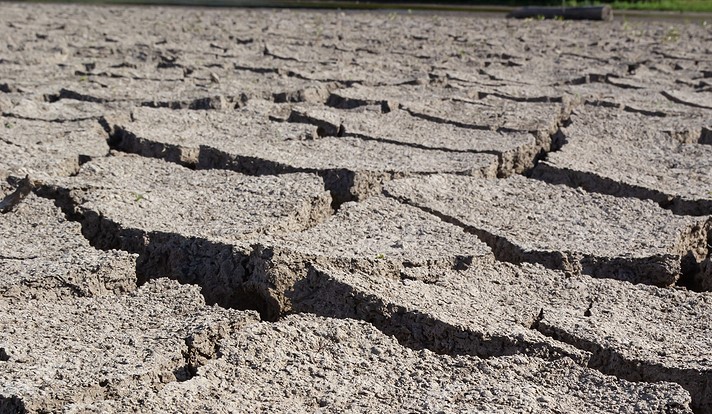News
Dry February Sparks Fresh England Drought Concerns
The lack of rainfall at the start of this year is causing concern in some quarters, with dry conditions in February and very little in the way of rain forecast for the springtime months potentially leading the country into drought later in the year.
The period between February 1st and 20th was the driest the month has been since 1993, with Hertfordshire seeing an average of 0.7mm of rain… one per cent of its typical average for the whole month, the Guardian reports. The south of England as a whole was particularly dry, seeing just six per cent of its average for the month of February.
Drought conditions last year saw most of England classified as being in drought, with farmers having difficulty planting and harvesting crops and hosepipe bans rolled out across the country.
Experts are now concerned that, because weather conditions are expected to stay dry over the next few months, England could well be facing a situation even worse than was seen last year, since reservoirs have still not as yet been replenished. And forecasts for the next three months from the Met Office suggest that hot and dry weather is on the way this spring.
A Met Office spokesperson was quoted by the news source as saying: “It has been dry. England has seen approaching a quarter of the rainfall that we would normally expect in February, although January was just over average.
“These figures come off the back of a relatively dry year last year. There is little precipitation covered in the forecast for the next few days and the outlook for March is that the month is more likely to be dry than wet.”
Head of campaigns at the Angling Trust Stuart Singleton-White observed that the risk of drought this year is very real, with both the east of England and Cornwall still in drought right now.
He called on the Environment Agency and water companies alike to make sure that members of the public continue to be informed on the matter and encouraged to save water when and wherever they can, as well as raising awareness of what impact another drought-afflicted year would have on the water environment and local biodiversity.
As drought conditions develop and persist, the impact on the freshwater environment grows. Water levels drop in waterways, flows reduce and flushing rates in lakes decline. Groundwater sources like chalk streams start to dry up, which causes fragmentation in the connectivity of streams and rivers.
This, in turn, reduces the available habitat for wildlife, with freshwater ecosystems affected, plant communities degraded, problems caused for fish spawning and the potential elimination of habitats for molluscs, amphibians and macro-invertebrates.
Are you thinking about switching water supplier at the moment? Get in touch with the H2o Building Services team today to see how we can help.
